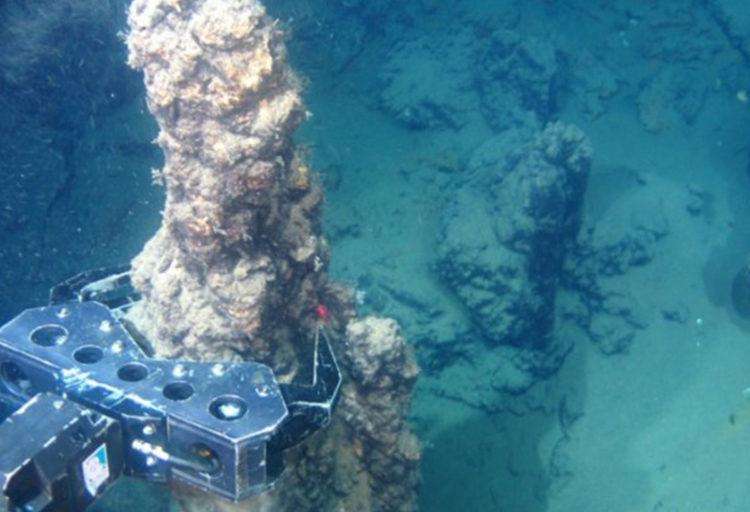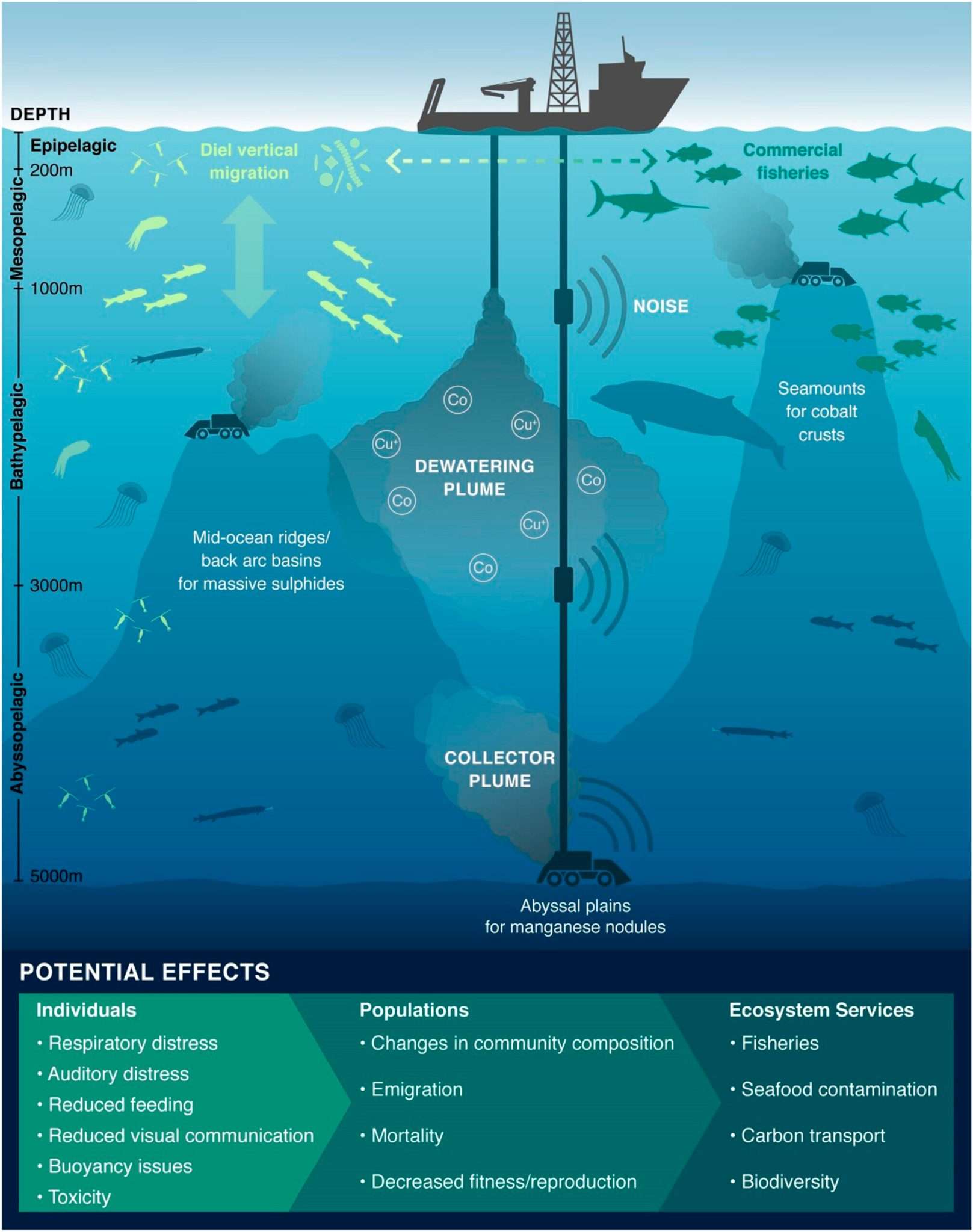Polymetallic Nodules

Context: India has extended exclusive rights to explore polymetallic nodules from seabed in Central Indian Ocean Basin (CIOB).
- Polymetallic nodules (PMN) are also known as manganese nodules.
- They are potato-shaped, largely porous nodules found in abundance carpeting the sea floor in the deep sea of the world oceans.
- The polymetallic nodules carpet practically 70% of the deep sea floor. The nodules have been found in all the oceans and even in lakes
- Besides manganese and iron, they contain nickel, copper, cobalt, lead, molybdenum, cadmium, vanadium, titanium.
- Of these metals nickel, cobalt and copper are considered to be of economic and strategic importance.
- Clarion – Clipperton Zone (CCZ): With an area of around 9 million square kilometres, this is the world‘s largest manganese nodule region. The CCZ is located in the Pacific, extending from the west coast of Mexico to Hawaii.

- India was the first country to receive the status of a pioneer investor for exploration and utilization of polymetallic nodules.
- India was allocated an exclusive area in Central Indian Ocean Basin by United Nations (UN) in 1987.


